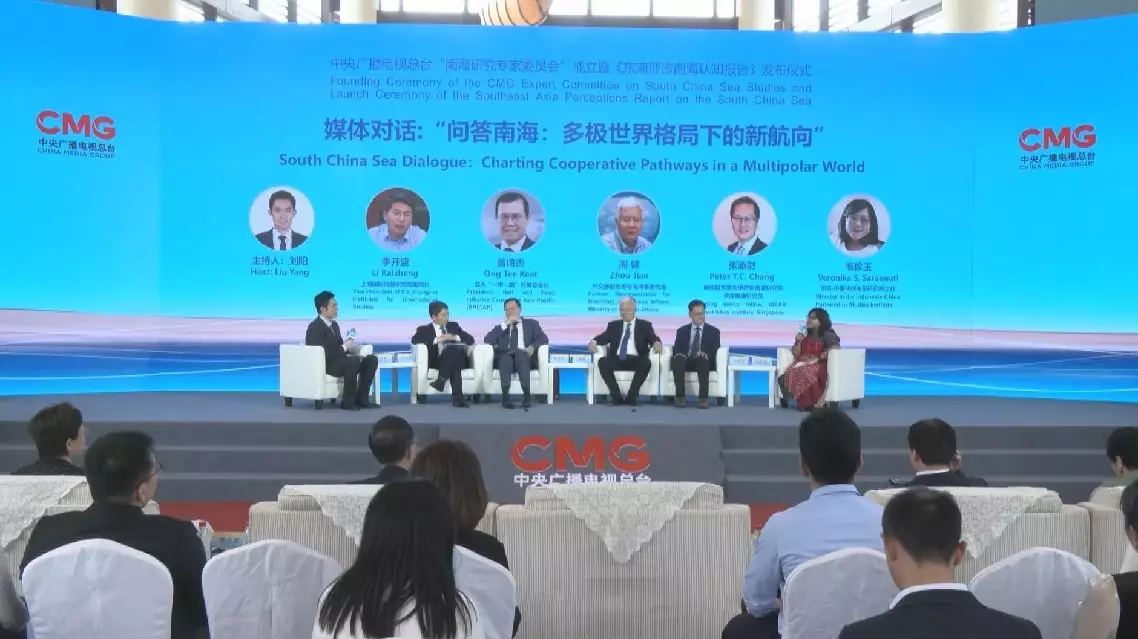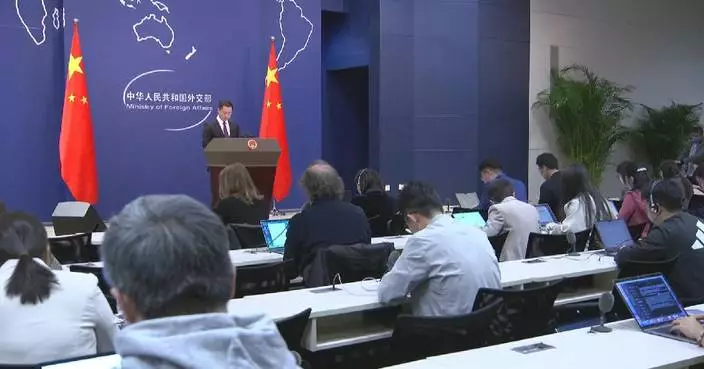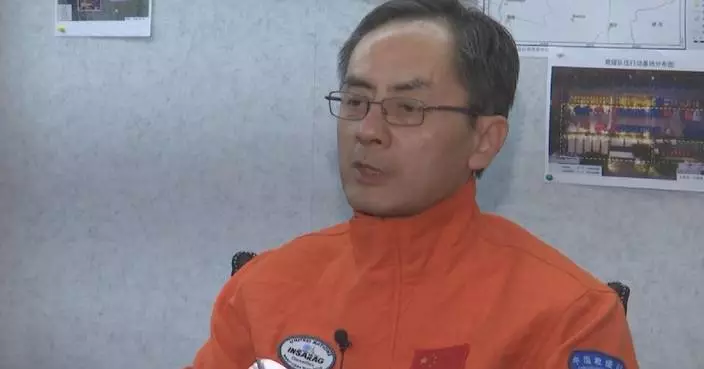Experts have praised the launch of a new South China Sea studies committee as a crucial move to consolidate academic resources, boost research, and enhance China-Southeast Asia cooperation in advancing the marine economy.
The founding ceremony of the Expert Committee on South China Sea Studies, established by China Media Group (CMG), took place on Saturday at its Sanya base in China's southern island province of Hainan.
Composed of 28 prominent scholars and professionals, both domestic and international, the committee aims to foster rational, fair, and objective discourse on the region and contribute expertise to global discussions.
At the event, attendees emphasized that the South China Sea serves as a bridge between China and Southeast Asia, connecting them through shared history, culture, friendship, and prosperous development. They called for building peace, friendship, and cooperation in this regard.
Research and discussions on the South China Sea should embrace broad, multidimensional perspectives, instead of being limited to the narrow scope of geopolitics, they said.
"The establishment of the Expert Committee on South China Sea Studies brings together experts from various fields, including social sciences, history, law, and even natural sciences, such as environmental protection. This fusion creates synergy and marks a new starting point for South China Sea research," said Wu Shicun, Chairman of the Huayang Research Center for Maritime Cooperation and Ocean Governance, co-host of the founding ceremony.
The event also saw the release of CMG's Southeast Asia Perception Report on the South China Sea.
The report, based on poll analysis and public opinion studies from six Southeast Asian countries, including Indonesia, Malaysia, and Vietnam, presents an overview of Southeast Asian nations' perceptions and stance on the South China Sea issue.
It shows strong public support for diplomatic dialog and consultations in resolving regional disputes, with high expectations for increased cooperation with China in the South China Sea.
"By effectively utilizing the resources and wisdom of both sides and multiple parties, we can collaboratively develop the South China Sea and make it a sea of peace and cooperation. We also touched upon the concept of the marine economy, or blue economy, which I believe is a significant field where we can make significant progress together," said Ong Tee Keat, president of the Belt and Road Initiative Caucus for Asia Pacific and a former transport minister of Malaysia.
"(There are) many sectors that we can make cooperation between China and ASEAN. We need a lot of knowledge from China to develop the marine sectors," said Veronika Saraswati, director of the Indonesia-China Partnership Studies Institute (INCHIPS).
On the same day, the newly established expert committee held a media dialogue on promoting peace in the South China Sea in a multipolar world.

New South China Sea research committee applauded for boosting marine collaboration


















































